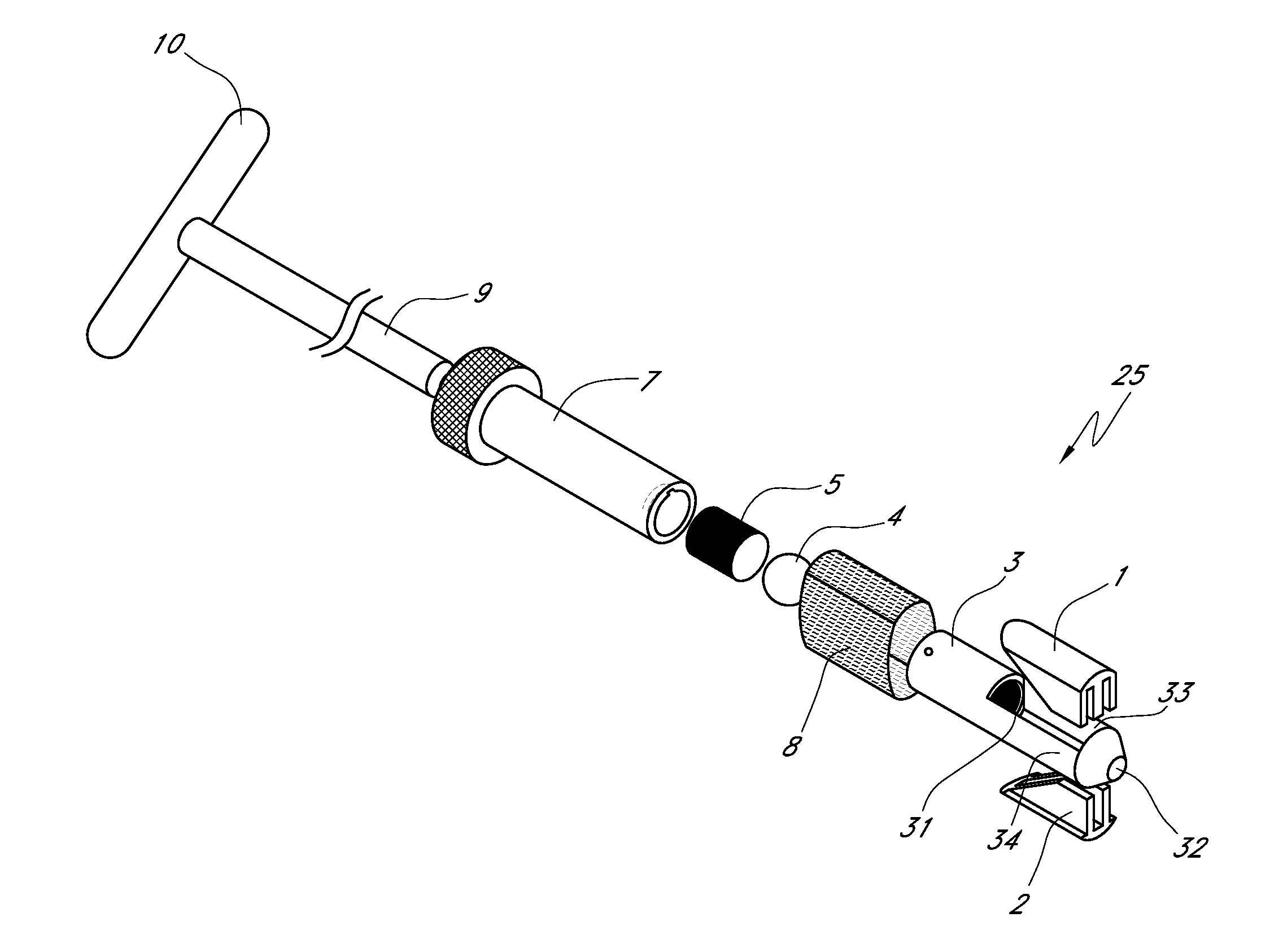Intervertebral implant and installation tool
a technology of intervertebral implants and tools, applied in the field of medical devices, can solve the problems of high cost, intervertebral implants and techniques are associated with another disadvantage, and the vertebrae and associated connective elements are subject to injuries, so as to increase the height of the implant, enhance the shock absorption capability, and increase the implant height
- Summary
- Abstract
- Description
- Claims
- Application Information
AI Technical Summary
Benefits of technology
Problems solved by technology
Method used
Image
Examples
Embodiment Construction
[0102]In accordance with certain embodiments disclosed herein, an improved intervertebral implant is provided that allows the clinician to insert the intervertebral implant through a minimally invasive procedure. For example, in one embodiment, one or more intervertebral implants can be inserted percutaneously to reduce trauma to the patient and thereby enhance recovery and improve overall results of the surgery. By minimally invasive, Applicant means a procedure performed percutaneously through an access device in contrast to a typically more invasive open surgical procedure. Such access devices typically provide an elongated passage that extends percutaneously through the patient to the target site. Examples of such access devices include, but are not limited to, endoscopes and the devices described in U.S. Patent Application Nos. 2006-0030872 and 2005-0256525 and U.S. Pat. Nos. 6,793,656 and 7,223,278, the entirety of these patent applications and patents are hereby incorporated ...
PUM
 Login to View More
Login to View More Abstract
Description
Claims
Application Information
 Login to View More
Login to View More - R&D
- Intellectual Property
- Life Sciences
- Materials
- Tech Scout
- Unparalleled Data Quality
- Higher Quality Content
- 60% Fewer Hallucinations
Browse by: Latest US Patents, China's latest patents, Technical Efficacy Thesaurus, Application Domain, Technology Topic, Popular Technical Reports.
© 2025 PatSnap. All rights reserved.Legal|Privacy policy|Modern Slavery Act Transparency Statement|Sitemap|About US| Contact US: help@patsnap.com



